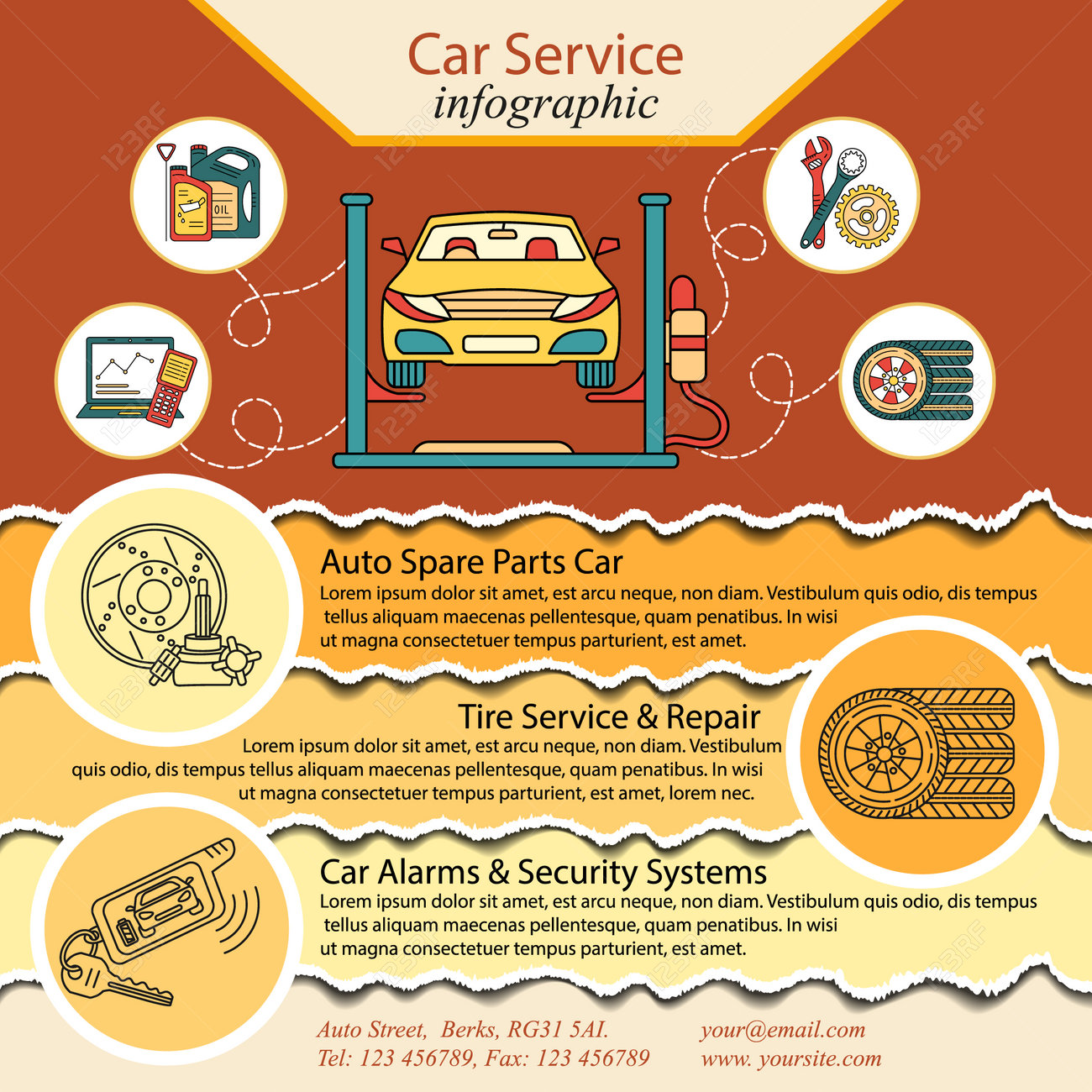Comprehending The Actual Ramifications Of Caution Indicators In Your Vehicle
Comprehending The Actual Ramifications Of Caution Indicators In Your Vehicle
Blog Article
Content Create By-Justesen Heath
When you lag the wheel, those beautiful warning lights on your dashboard can be a bit perplexing. Do you recognize what they're attempting to inform you about your vehicle's health and wellness? Comprehending the value of these lights is important for your safety and security and the longevity of your vehicle. So, the following time one of those lights turns up, would not you want to analyze its message precisely and take the needed actions to address it?
Common Warning Lights and Interpretations
Identify typical caution lights in your vehicle and recognize their definitions to ensure safe driving.
The most typical warning lights consist of the check engine light, which signals issues with the engine or emissions system. If this light comes on, it's vital to have your automobile examined quickly.
recommended you read warning light suggests low oil pressure, requiring prompt focus to avoid engine damage.
A flashing battery light may recommend a defective charging system, potentially leaving you stranded otherwise addressed.
The tire stress surveillance system (TPMS) light signals you to reduced tire stress, influencing vehicle stability and fuel performance. Overlooking this can bring about dangerous driving conditions.
The abdominal muscle light indicates a problem with the anti-lock braking system, jeopardizing your capability to quit promptly in emergencies.
Lastly, the coolant temperature cautioning light warns of engine overheating, which can result in extreme damages otherwise solved swiftly.
Understanding these usual caution lights will help you address problems promptly and keep safe driving problems.
Significance of Prompt Attention
Comprehending the typical caution lights in your vehicle is just the first step; the significance of quickly attending to these warnings can not be highlighted enough to ensure your safety when driving.
When a warning light illuminates on your control panel, it's your vehicle's way of interacting a prospective problem that needs focus. Disregarding these cautions can bring about more extreme troubles in the future, compromising your security and potentially costing you more out of commission.
Trigger interest to alerting lights can avoid malfunctions and accidents. For instance, a blinking check engine light might indicate a misfire that, if left neglected, can cause damage to the catalytic converter. Resolving this without delay can save you from a costly fixing.
Similarly, a brake system cautioning light might indicate low brake fluid or worn brake pads, vital elements for your safety when driving.
Do It Yourself Troubleshooting Tips
If you discover a caution light on your control panel, there are a few do it yourself troubleshooting suggestions you can attempt before looking for expert assistance.
The first step is to consult your auto's guidebook to comprehend what the specific warning light suggests. Sometimes the problem can be as basic as a loose gas cap triggering the check engine light. Tightening up the gas cap might resolve the problem.
https://oilchangeplacesnearme39506.buyoutblog.com/27754313/discover-the-process-of-transforming-your-vehicle-s-oil-with-this-detailed-step-by-step-manual is a reduced battery, which can activate numerous cautioning lights. Inspecting the battery links for deterioration and guaranteeing they're secure may fix the issue.
If a caution light lingers, you can try resetting it by separating the car's battery for a couple of mins and after that reconnecting it. In addition, examining your vehicle's liquid levels, such as oil, coolant, and brake fluid, can help troubleshoot alerting lights associated with these systems.
Verdict
To conclude, understanding your auto's warning lights is crucial for maintaining your automobile running efficiently and safely. By immediately dealing with these informs and recognizing what they imply, you can stay clear of costly fixings and potential breakdowns.
Bear in mind to consult your automobile's manual for certain details on each warning light and act as necessary to ensure a hassle-free driving experience.
Stay educated, remain secure when driving!
